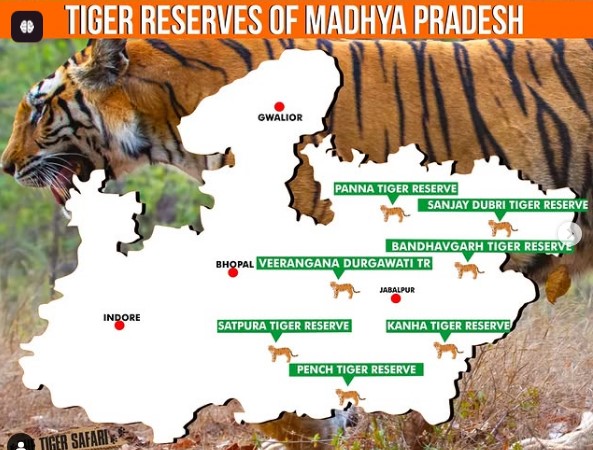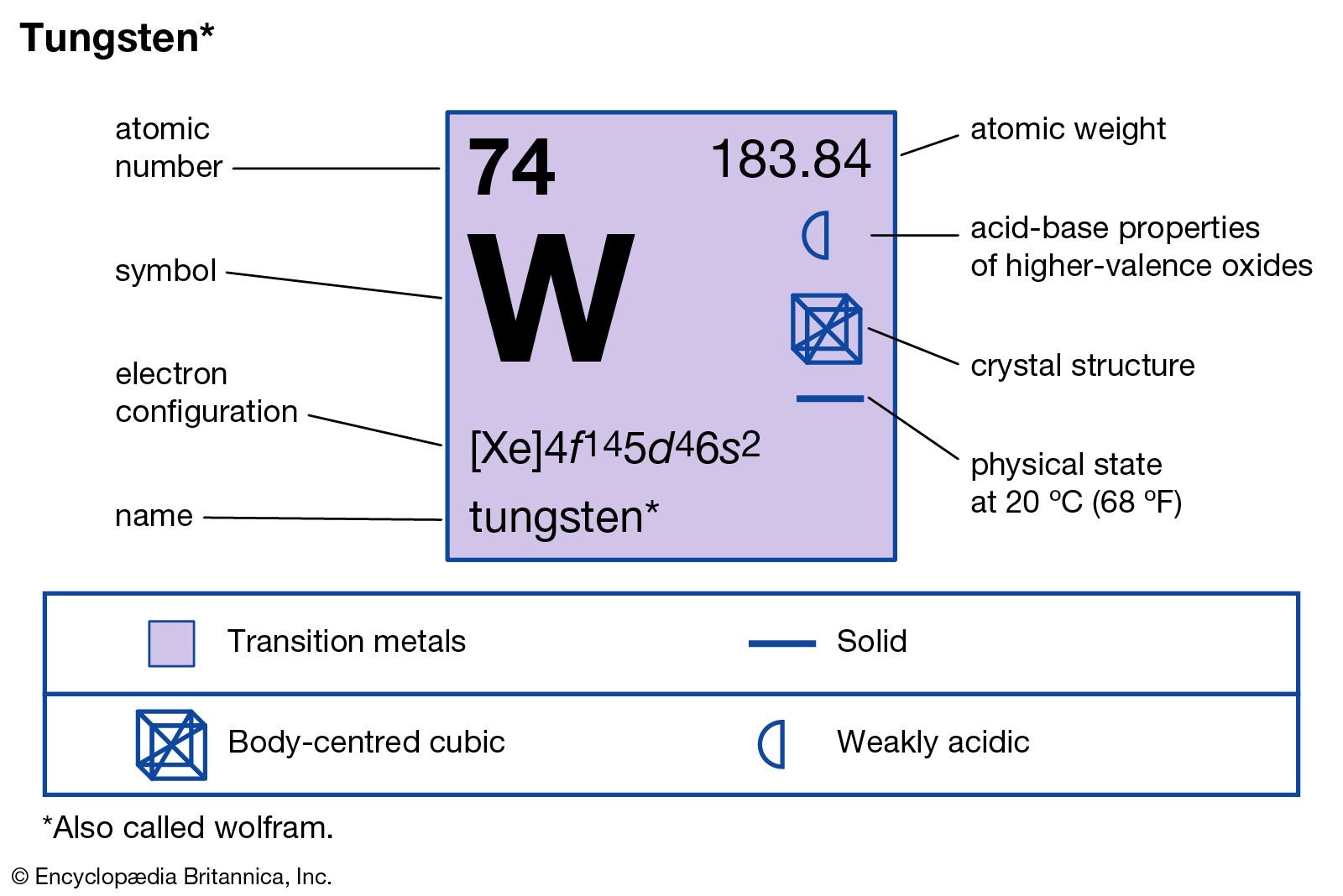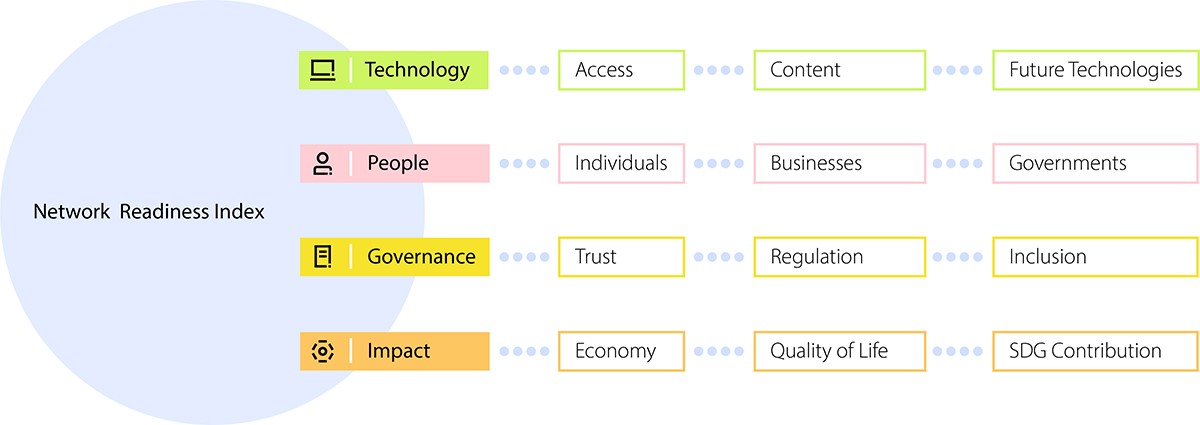A new study finds that elephants died 4 years ago in Botswana from drinking water poisoned by an explosion of toxic algae populations in the water pans due to the effects of climate change.
Algae
Algal bloom
|
Red tides |
Green tides |
Brown Tides |
|
Red tides are caused by phytoplankton that have a reddish pigment called peridinin. Most dinoflagellates, such as Alexandrium catenella, have this pigment. As a result, when there is a bloom of this dinoflagellate, the ocean will generally turn red. It is common on both the east and west coasts of the U.S. as well as Florida and the Gulf of Mexico. |
Green tides can be caused by Phaeocystis, which is a unicellular, photosynthetic algae found throughout the world. Green tides can also be caused by macroalgae such as Enteromorpha spp. and Codium isthmocladum, which have caused serious damage to many coastal regions. When in bloom, macroalgae often outcompete seagrass and coral reefs.
|
Brown tides are caused by the pelagophytes (another type of microalgae) such as Aureococcus anophagefferens. Aureococcusis a spherical, non-motile species that has caused noticeable damage to the coastal ecosystems in which it occurs. Brown tides are commonly seen in the northeast and mid-Atlantic U.S. estuaries. |
References
National Tiger Conservation Authority (NTCA) has granted in-principle approval for the designation of Madhav National Park in Shivpuri district as a Tiger Reserve.
Champion and Seth's system of classification systematically categorizes forest types in India into 6 major categories based on factors such as climate, physiognomy, species composition, phenology, and topography.

References
The central government announced that corporate exits are now processed in 70-90 days under Centre for Processing Accelerated Corporate Exit (C-PACE).
According to the data given in the Parliament, 13,560 companies were struck off under section 248(2) of the Companies Act, 2013 through C-PACE in FY24.
References
Recently, the Tamil Nadu Chief Minister has requested Prime Minister to cancel the tungsten mining rights granted to a private company in Madurai.
In 2016, China produced over 80% of total tungsten mined, and it contained nearly 2/3rd of the world’s reserves.

References
Recently, the Portulans Institute released a report of Network Readiness Index (NRI) 2024 which showed that India has raised 11 places to enter into top 50 nations.

|
Top Countries |
NRI Ranking |
|
United States |
1 |
|
Singapore |
2 |
|
Finland |
3 |
|
Sweden |
4 |
|
Republic of Korea |
5 |
|
Netherlands |
6 |
|
Switzerland |
7 |
|
United Kingdom |
8 |
|
Germany |
9 |
|
Denmark |
10 |
Singapore and the Republic of Korea are the only countries from Asia.
India has also ranked 2nd among lower-middle-income countries.
|
World Economic Forum |
|
References